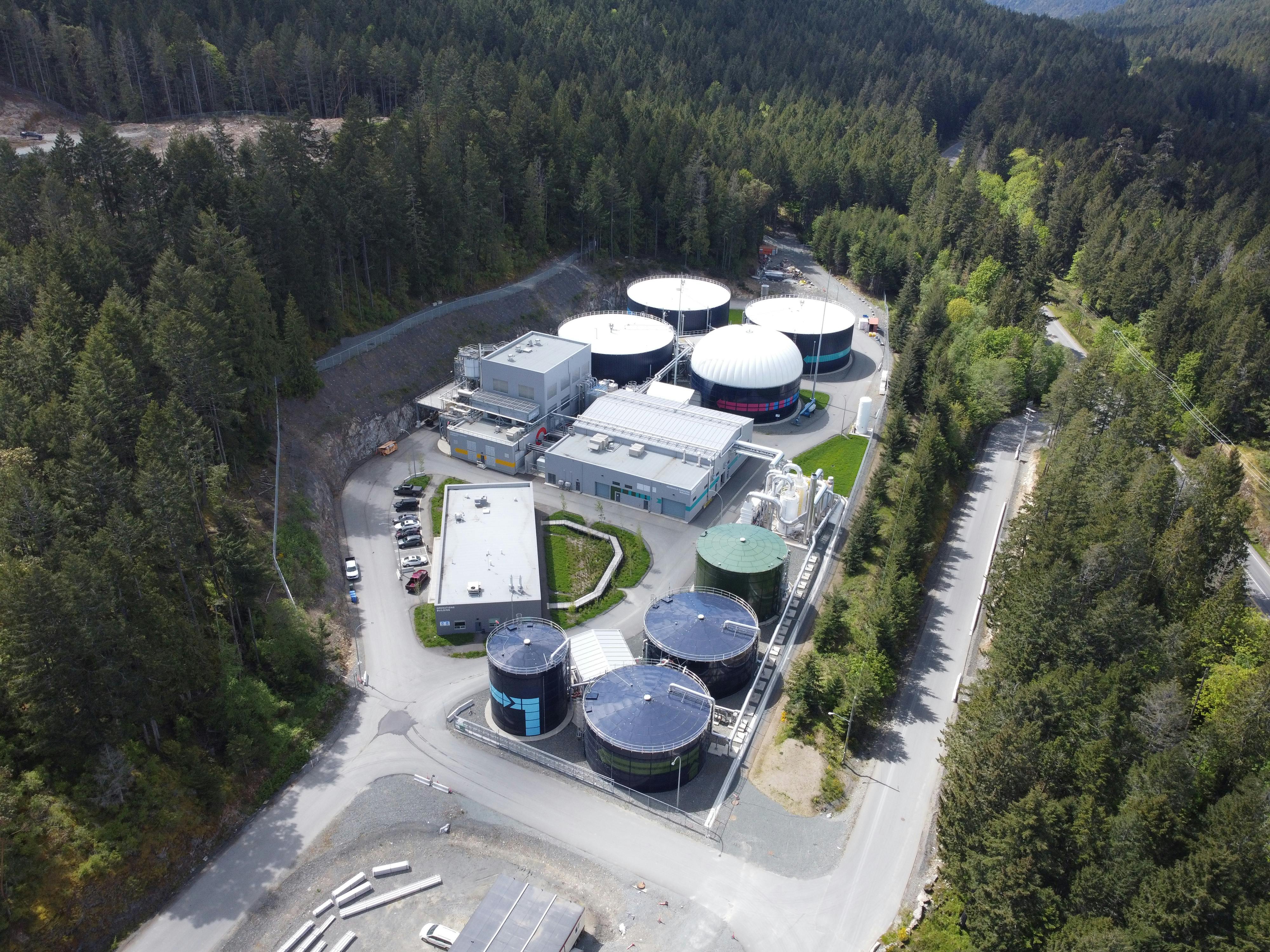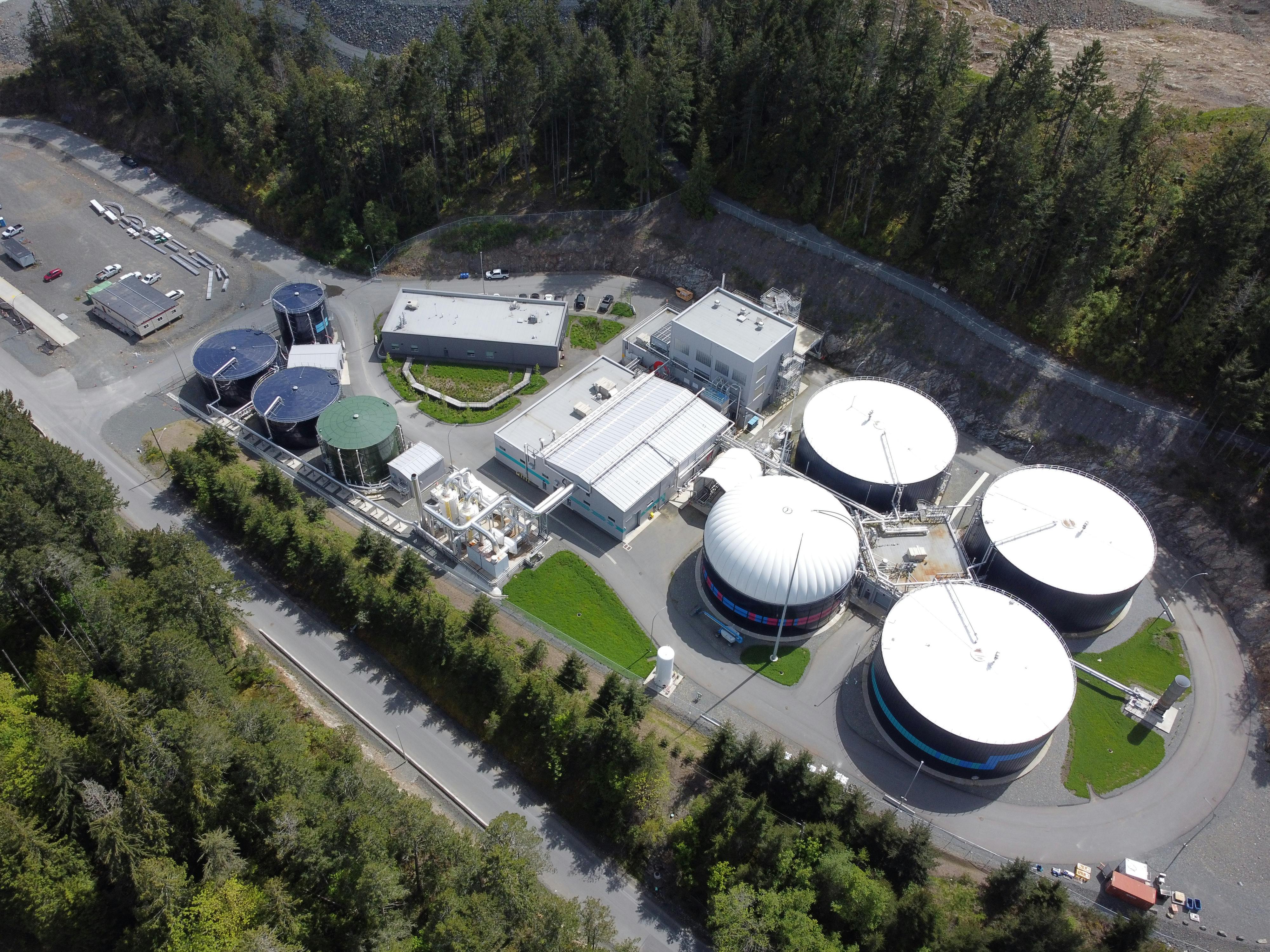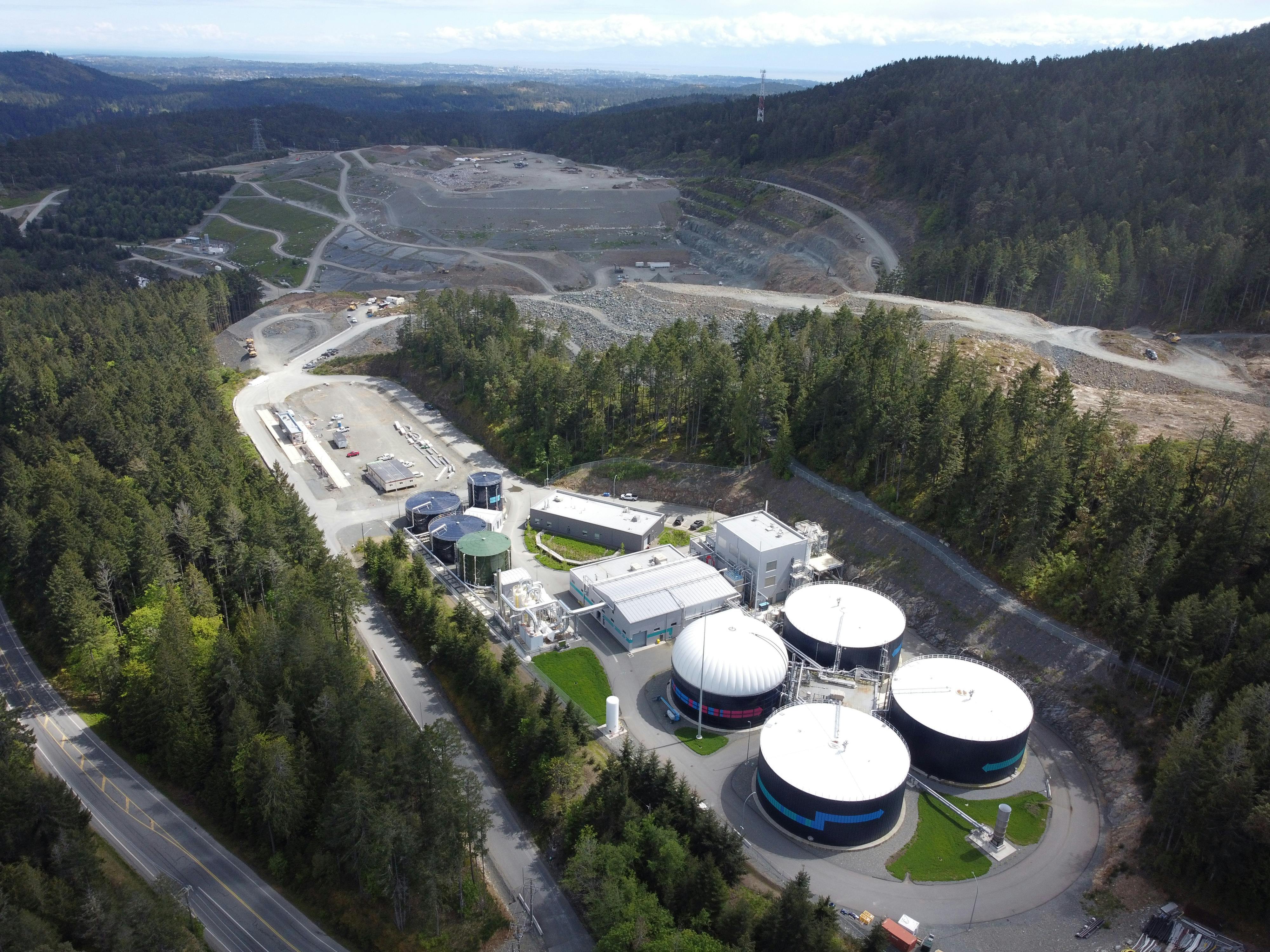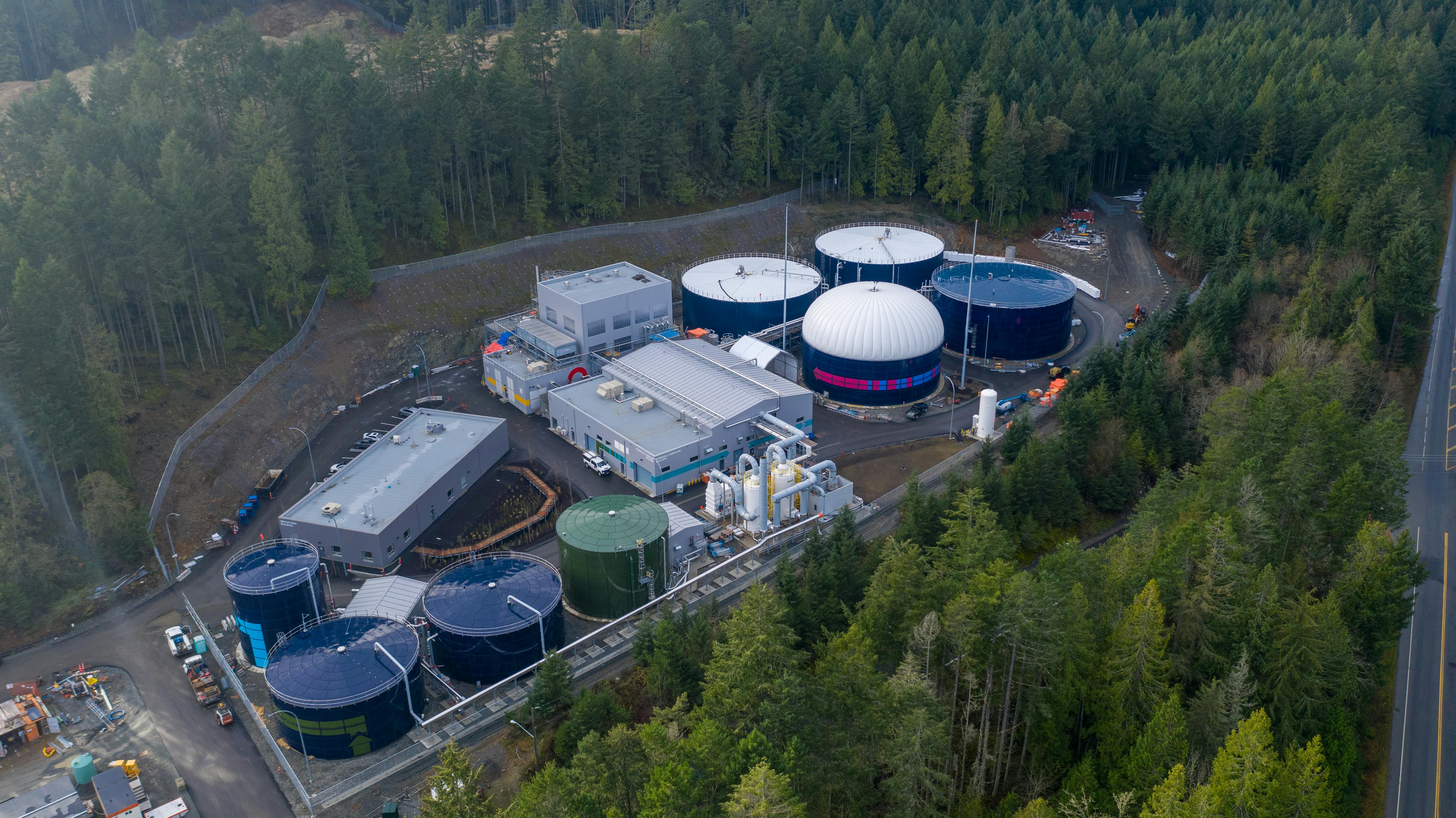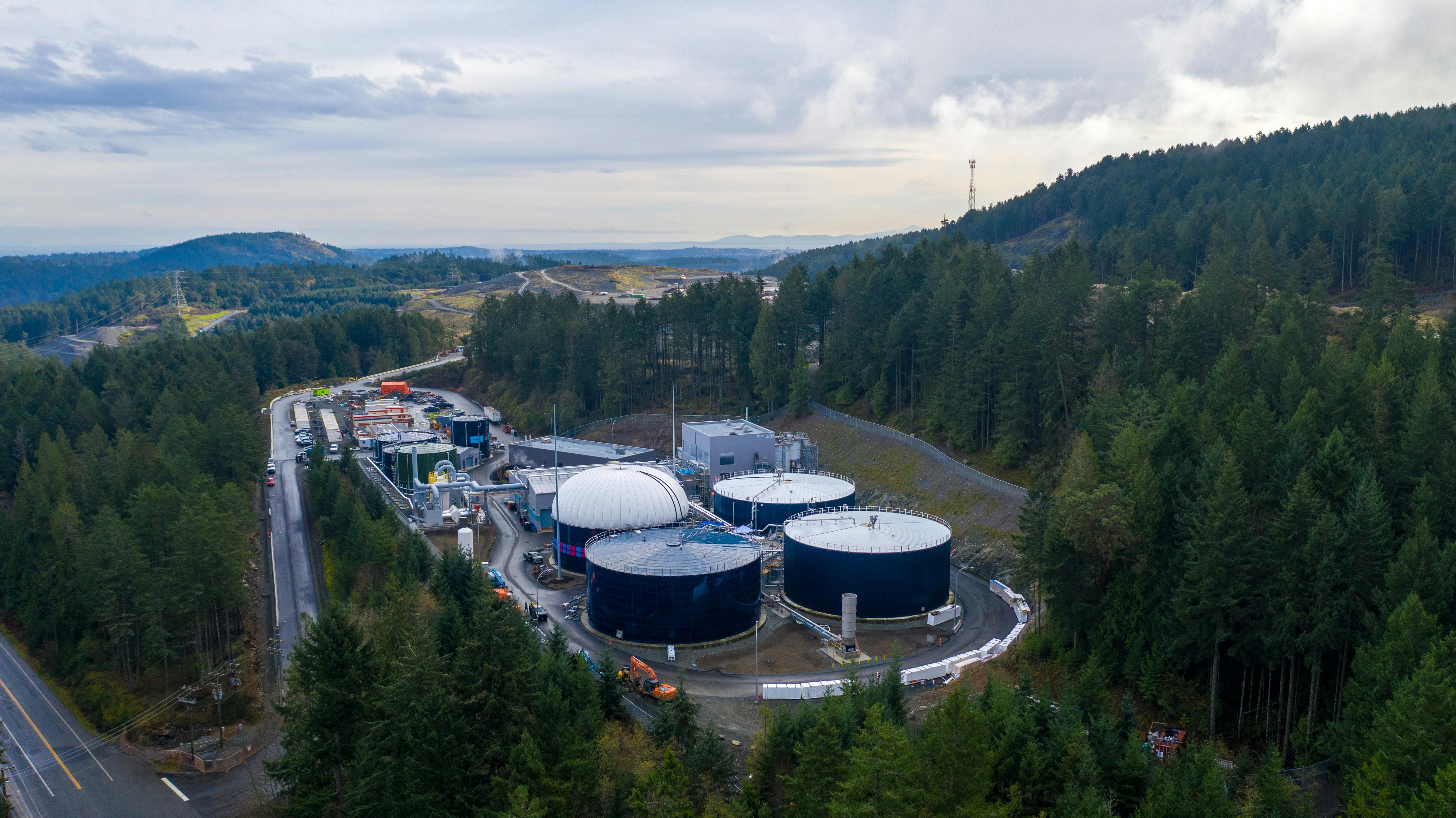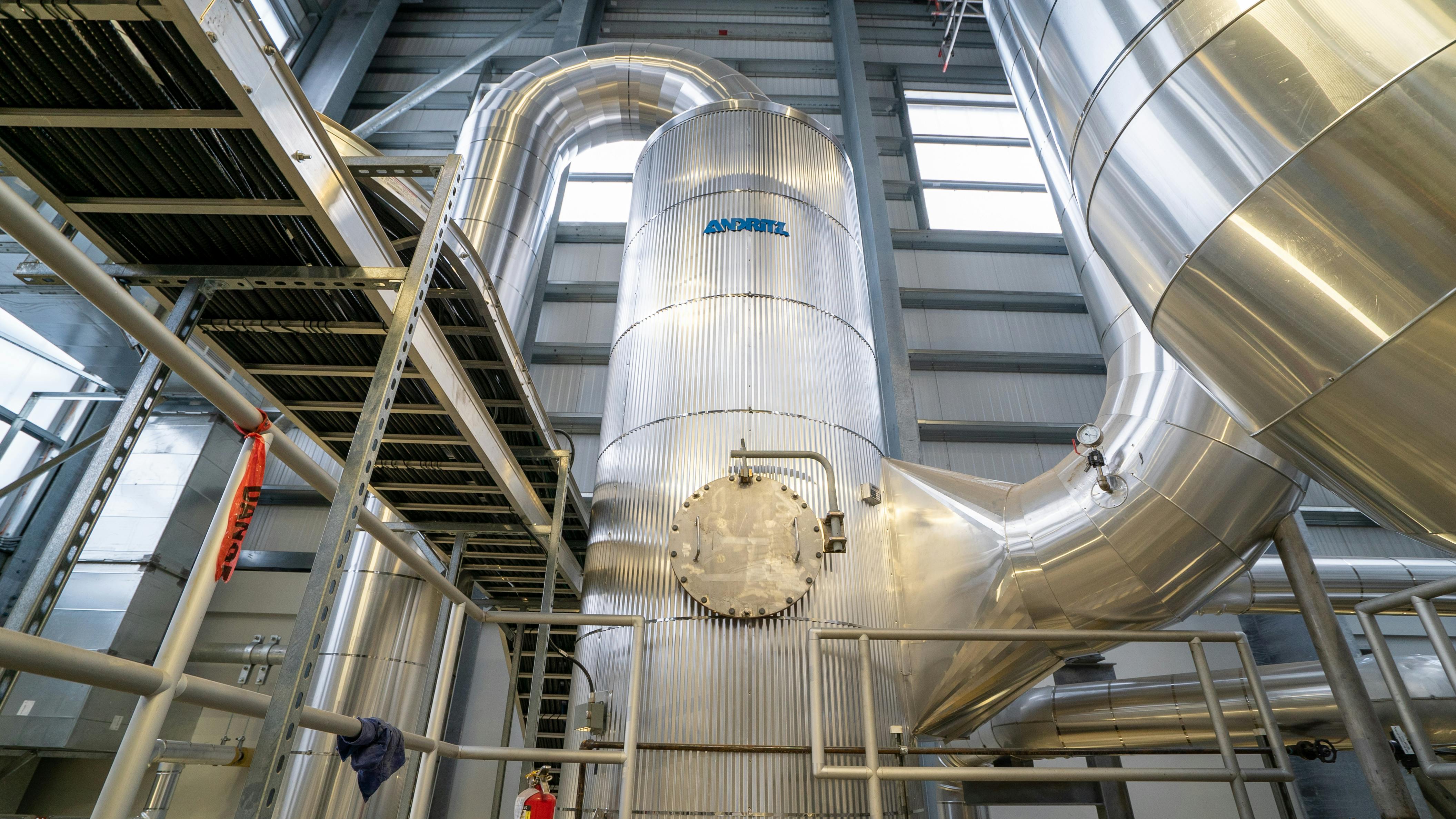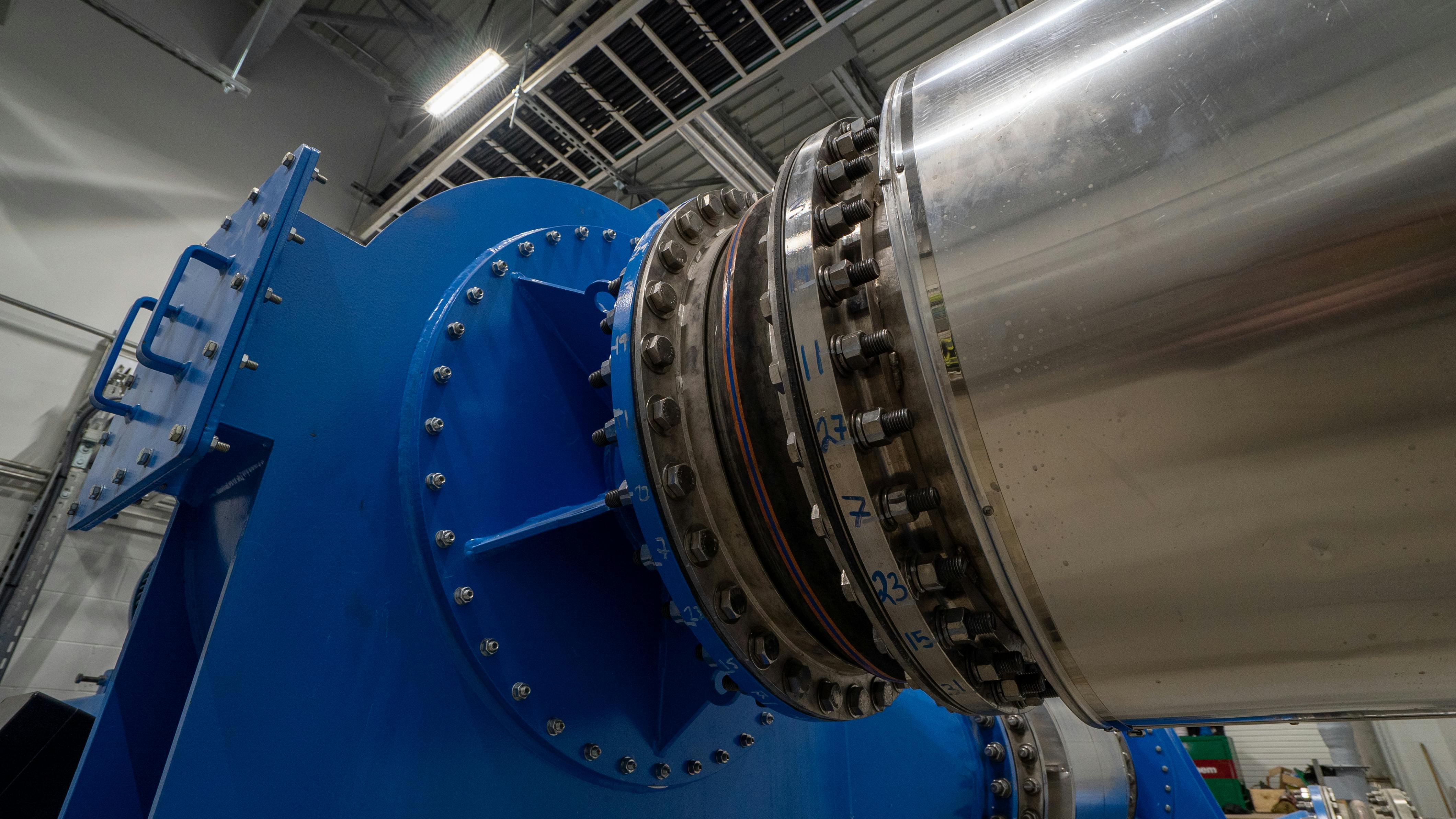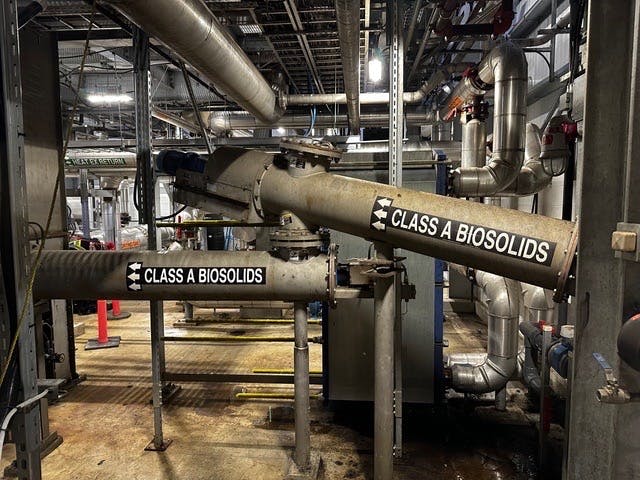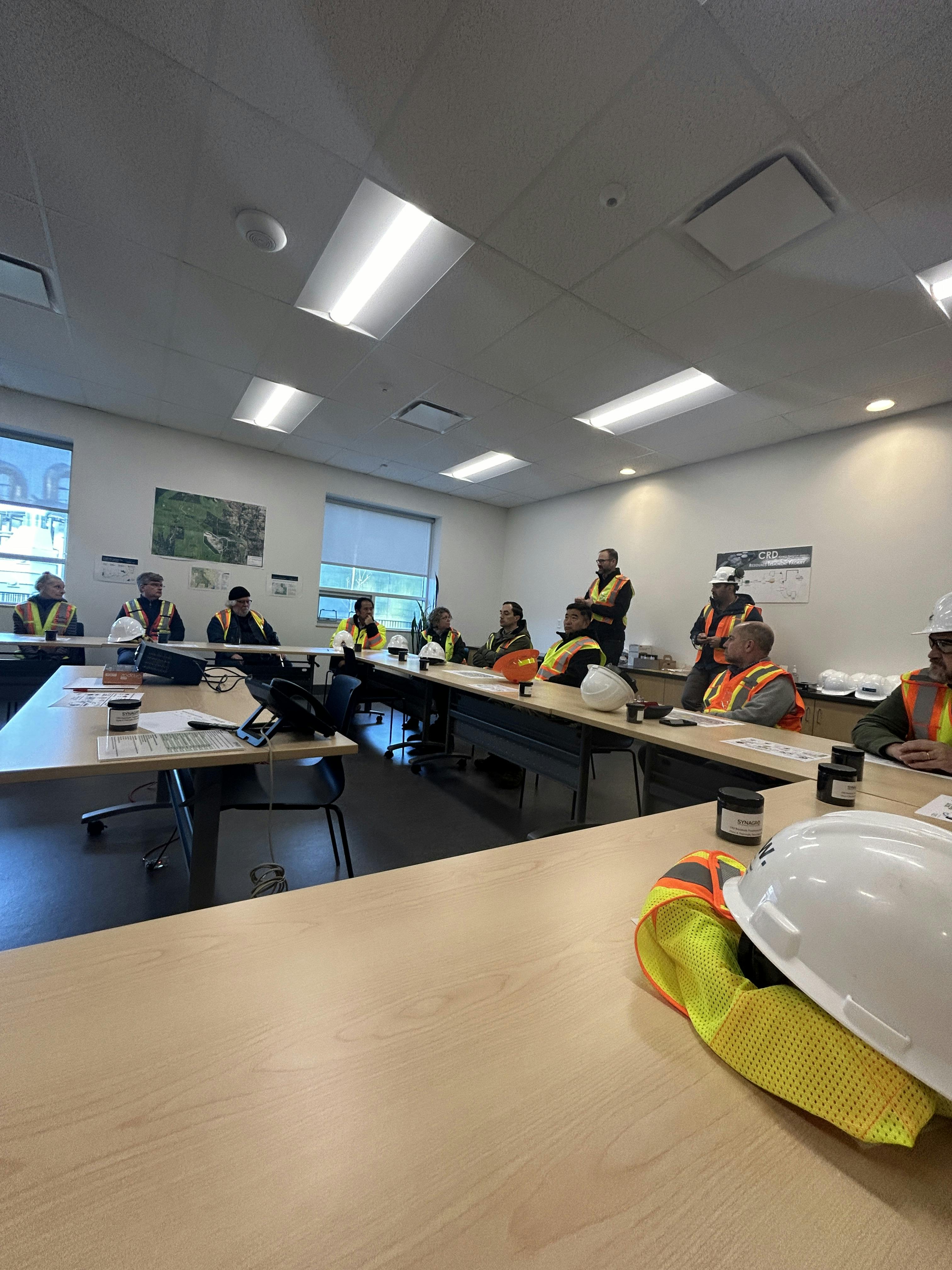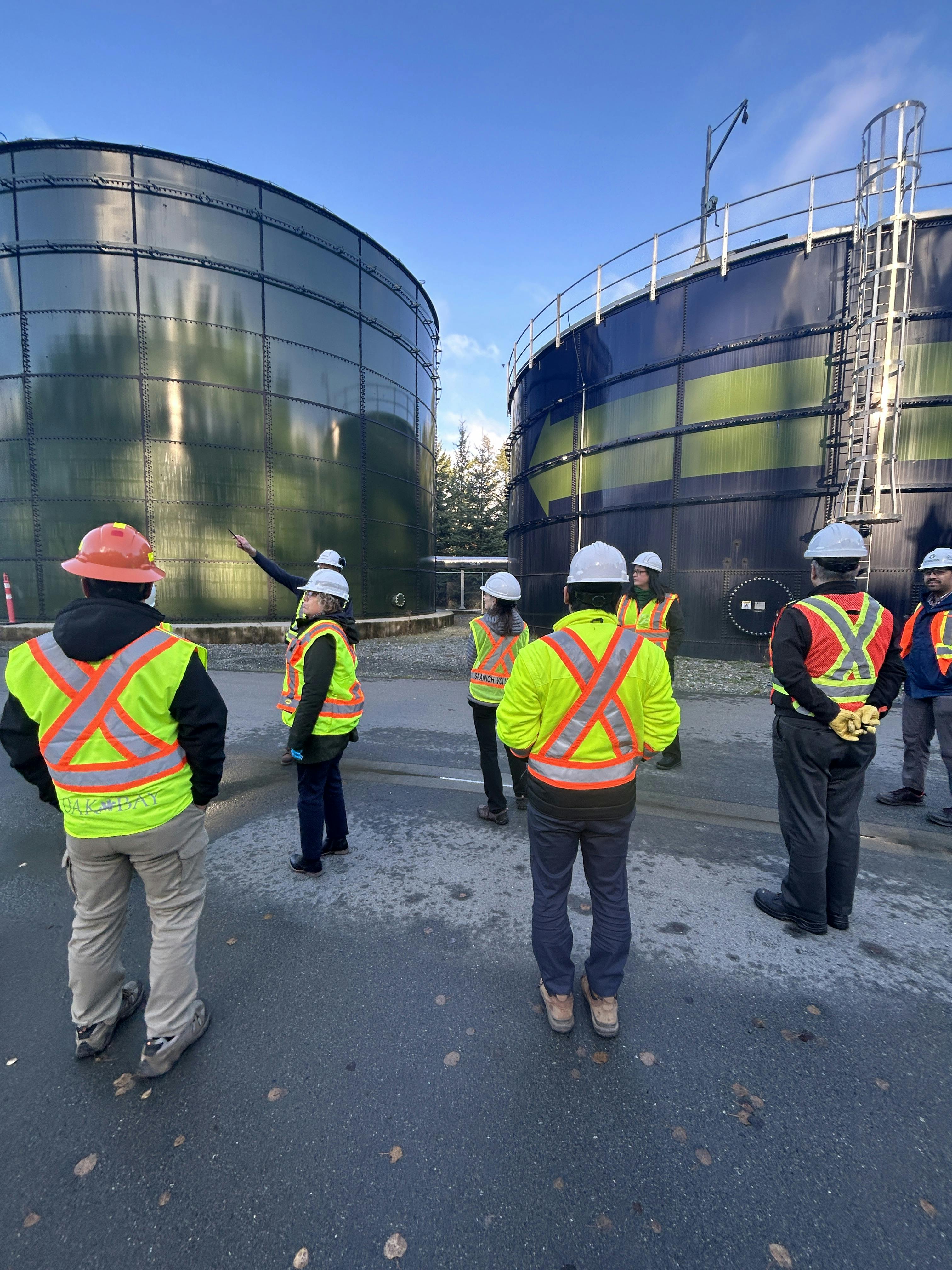Long-Term Biosolids Management Strategy
The public feedback period is now complete.
Thank you to everyone who shared comments on the Capital Regional District’s (CRD’s) draft Long-term Biosolids Management Strategy. The feedback period is now complete.
On June 12, 2024, after reviewing your feedback , the Capital Regional District Board approved the final Long-term Biosolids Management Strategy. This strategy outlines a sustainable approach to managing biosolids produced within the region and consists of a portfolio of options that prioritize advanced thermal processing while also considering out-of-region and in-region contingency options to ensure regulatory compliance and adaptability.
The Long-Term Biosolids Management Strategy is subject to provincial approval as part of the CRD’s commitments under the Core Area Liquid Waste Management Plan. On June 6, the CRD Board received a letter from the Minister of Environment and Climate Change Strategy offering an extension to the June 18 deadline. Because the conditions and timelines presented by the Minister pose a challenge, the Board decided that it was prepared to submit the strategy, along with feedback received, to the province in accordance with the original deadline.
The public feedback period is now complete.




